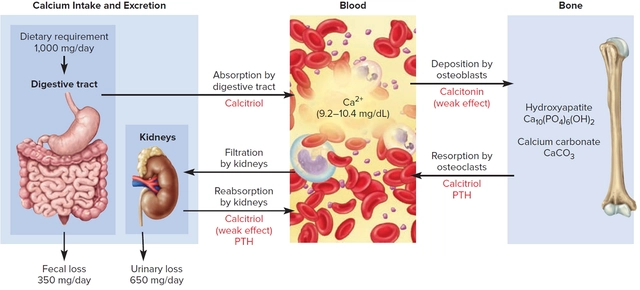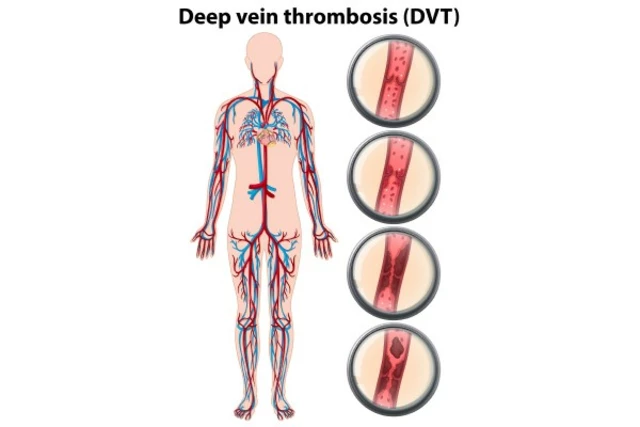Antibiotic Alternatives – Natural & Emerging Options
When exploring antibiotic alternatives, non‑traditional strategies that can replace or reduce the use of conventional antibiotics. Also known as non‑antibiotic therapies, they aim to fight infections while limiting resistance. Related approaches include Probiotics, live microorganisms that restore healthy gut flora, Phage therapy, the use of bacteriophages to target specific bacteria, Antimicrobial peptides, short proteins that kill microbes by disrupting cell membranes, and Herbal extracts, plant‑derived compounds with antibacterial properties. Together they form a toolbox for clinicians and patients looking for safer, targeted infection control.
Probiotics work by outcompeting harmful bacteria, producing short‑chain fatty acids, and strengthening the intestinal barrier. This reduces colonisation by pathogens like Clostridioides difficile, which often follows broad‑spectrum antibiotic courses. Studies show that patients receiving probiotic supplementation after antibiotics have fewer recurrent infections. The key attributes of probiotics include strain specificity, viable counts (usually >10⁹ CFU), and delivery format (capsules, fermented foods). When you choose a probiotic, look for clinically studied strains such as Lactobacillus rhamnosus GG or Saccharomyces boulardii for optimal benefit.
Moving to phage therapy, this method uses viruses that infect only bacteria, leaving human cells untouched. The main attribute is host specificity: a phage matches a particular bacterial species or even a strain. This precision means you can treat a resistant infection without wiping out the beneficial microbiome. Modern phage cocktails are produced under Good Manufacturing Practices and can be administered intravenously, topically, or inhaled. Successful cases include chronic Pseudomonas lung infections in cystic‑fibrosis patients and multidrug‑resistant Staphylococcus aureus wound infections. Phage therapy requires a lab to isolate the right phage, but commercial services are emerging.
Why consider alternatives?
Antibiotic resistance is spiralling worldwide, and each prescription adds pressure on microbes to evolve. By incorporating alternatives, you lower the selective pressure that drives resistance. For example, when probiotics keep the gut balanced, fewer infections arise, meaning fewer antibiotics are needed in the first place. Likewise, antimicrobial peptides act as innate immune weapons, offering a rapid, broad‑spectrum kill that bacteria struggle to develop resistance against. Their attributes include short length (10‑50 amino acids), cationic charge, and membrane‑targeting activity. Researchers are formulating peptide‑based creams and inhalers for skin and respiratory infections.
Another promising class is herbal extracts like oregano oil, tea tree oil, and berberine. These compounds often hit multiple bacterial targets, from cell wall synthesis to protein translation, making it harder for resistance to develop. Their safety profile is generally good when used in appropriate doses, but quality control matters – standardized extracts ensure you get a consistent amount of active ingredient. Some clinicians combine herbal extracts with low‑dose antibiotics to achieve a synergistic effect, cutting the total antibiotic exposure.
Vaccination also plays a hidden role in the antibiotic‑alternative landscape. By preventing infections such as pneumococcal disease, influenza, and HPV‑related cancers, vaccines reduce the need for antibiotics altogether. The attribute here is herd immunity – protecting the community lowers overall infection rates, which indirectly preserves antibiotic effectiveness.
Immunomodulators like interferon‑gamma or vitamin D can boost the body’s natural defenses, giving you an extra layer of protection without drugs that directly kill bacteria. These agents work by enhancing macrophage activity or promoting antimicrobial peptide production. Their use is expanding in chronic infections where the immune system is weakened, such as in HIV or diabetes.
When choosing an antibiotic alternative, consider three factors: the type of infection, the patient's health status, and the evidence base for the alternative. For a urinary tract infection, a probiotic containing Lactobacillus may prevent recurrence. For a resistant wound infection, a phage‑based gel could be the right choice. For mild skin infections, a topical herbal ointment might suffice. Always consult a healthcare professional before switching, especially if you have severe or systemic infections.
Below you’ll find a curated collection of articles that dive deeper into each of these alternatives, compare real‑world products, and give you practical steps to incorporate them safely into your health plan. Whether you’re looking for the latest on phage trials, probiotic dosing, or herbal antimicrobial recipes, this list has you covered.
Zyvox (Linezolid) vs Alternatives: A Detailed Comparison
A side‑by‑side look at Zyvox (linezolid) versus its main antibiotic rivals, covering efficacy, safety, dosing, cost and practical selection tips.
Cleocin (Clindamycin) vs. Alternatives: A Practical Comparison
A detailed, 2025‑focused comparison of Cleocin (clindamycin) with other acne and skin infection antibiotics, covering pros, cons, costs, and when to choose each option.
About
Pharmacy Reviews, Skin Care and Dermatology
Latest Posts


Cleocin (Clindamycin) vs. Alternatives: A Practical Comparison
By Marcel Kornblum Sep 29, 2025

How to Reduce the Risk of Deep Vein Thrombosis During Long Flights
By Marcel Kornblum May 12, 2023

Alzheimer's Disease and Stroke: The Hidden Link You Should Know
By Marcel Kornblum May 5, 2025


